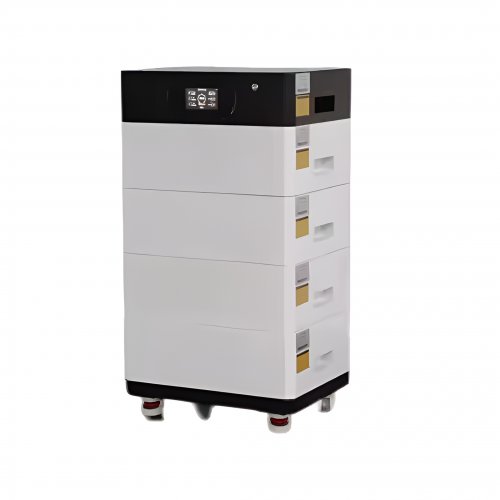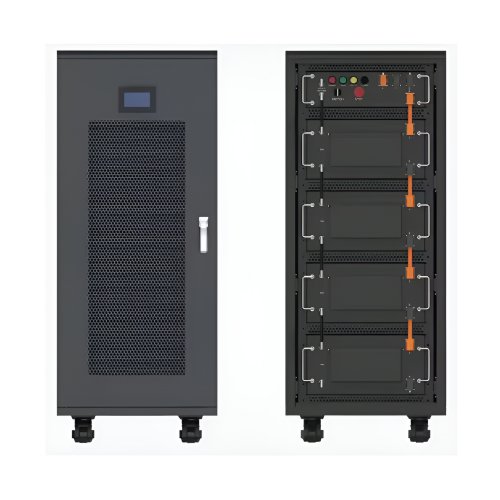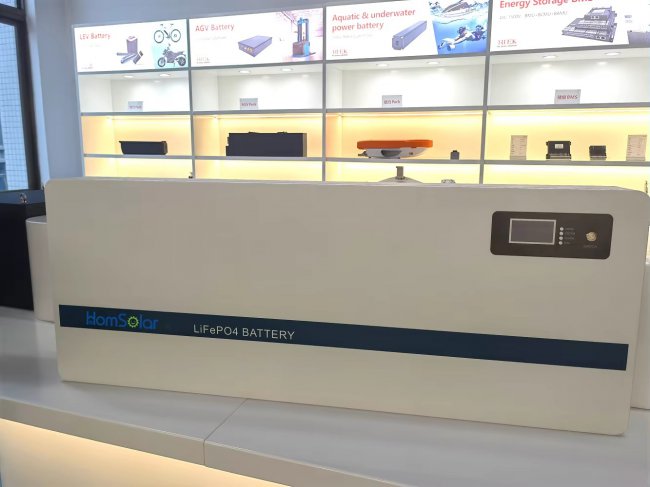Advances In Doping Strategies: From Tailored Electronic Properties To Quantum Material Engineering
Doping, the deliberate introduction of impurities into a host material to modulate its properties, stands as one of the most fundamental and transformative strategies in materials science. Historically pivotal in developing semiconductors for the microelectronics revolution, the concept has now expanded far beyond silicon, becoming a critical tool for engineering functional materials for catalysis, energy storage, and quantum computing. Recent advances are characterized by a shift from empirical, bulk-level doping to precise, atomic-level control, enabled by novel synthesis techniques and deep theoretical insights, allowing for the creation of materials with previously unattainable functionalities.
Precision Engineering at the Atomic Scale
A significant breakthrough in doping strategies is the move towards atomic-scale precision. Traditional methods like ion implantation or diffusion often lead to random, inhomogeneous distributions of dopants. New techniques are overcoming these limitations. For instance, atomic-layer doping allows for the incorporation of dopants in a layer-by-layer fashion, achieving unparalleled uniformity and control over concentration. This is particularly impactful in two-dimensional (2D) materials like graphene and transition metal dichalcogenides (TMDs). Researchers have successfully substituted individual atoms within the lattice of MoS₂ using scanning transmission electron microscopy (STEM) and metal-organic chemical vapor deposition (MOCVD), precisely tuning its bandgap and converting it from a semiconductor to a degenerate semiconductor or even a metal. This level of control is essential for developing next-generation optoelectronic devices with tailored electronic structures.
Furthermore, the concept of "delta-doping," where dopants are confined to an ultra-thin plane within the material, has been revitalized with modern epitaxial techniques like molecular beam epitaxy (MBE). This allows for the creation of extremely high, yet confined, carrier densities without compromising material crystallinity, leading to enhanced conductivity in oxides and novel magnetic states in complex materials.
Beyond Electrons: Dopants for Spin and Photon Control
Modern doping is no longer solely about manipulating charge carriers. A major research thrust involves using dopants to control spin and optical properties. In wide-bandgap semiconductors like diamond and silicon carbide (SiC), the incorporation of single atom impurities, such as nitrogen-vacancy (NV) centers in diamond, has unlocked revolutionary applications in quantum sensing and quantum information processing. These point defects act as isolated quantum bits (qubits) whose spin states can be initialized, manipulated, and read out optically at room temperature. Recent work has focused on improving the coherence times of these centers and developing strategies for their deterministic placement within the diamond lattice, a critical step towards scalable quantum devices.
Similarly, in lanthanide-doped nanoparticles, researchers are engineering "dopant" ions to achieve efficient upconversion—a process where low-energy photons (e.g., infrared light) are converted to higher-energy photons (visible or UV). Precise control over the type, concentration, and spatial arrangement of lanthanide ions (e.g., Yb³⁺, Er³⁺) within a host matrix like NaYF₄ has led to materials with tunable emission profiles, finding applications in super-resolution microscopy, deep-tissue bioimaging, and anti-counterfeiting technologies.
Theoretical and Computational Guidance
The acceleration in doping strategy development is heavily supported by advances in computational materials science. High-throughput density functional theory (DFT) calculations and machine learning (ML) models are now routinely used to screen vast chemical spaces to predict stable dopant-host combinations, optimal doping concentrations, and the resulting electronic propertiesin silicobefore experimental synthesis. For example, computational studies have been instrumental in identifying promising dopant pairs for enhancing the photocatalytic activity of TiO₂ by reducing charge carrier recombination, a hypothesis later confirmed experimentally. This theory-guided approach drastically reduces the traditional trial-and-error timeline and enables the rational design of materials with specific target properties.
Future Outlook and Challenges
The future of doping strategies lies in increasing complexity and multifunctionality. Key frontiers include:
1. Co-doping and Complex Defect Engineering: Future efforts will focus on the synergistic use of multiple dopants to create complex defect constellations. The goal is to not only control electronic properties but also to induce emergent phenomena like magnetism in non-magnetic hosts or superconductivity in unconventional compounds. 2. Dynamic and Reversible Doping: There is growing interest in developing stimuli-responsive doping, where the concentration or activity of dopants can be tunedin situusing light, electric fields, or chemical stimuli. This could lead to the creation of "smart" materials with adaptive properties for neuromorphic computing and reconfigurable electronics. 3. Interface and Surface Doping: As devices shrink to the nanoscale, the role of surfaces and interfaces becomes dominant. Precise doping at heterointerfaces in complex oxide heterostructures has already revealed exotic electronic phases like 2D electron gases. Future work will delve deeper into engineering these interfacial states with atomic precision. 4. Overcoming Solubility Limits: A perennial challenge is the low solubility of many desired dopants. Novel non-equilibrium synthesis techniques, such as ultrafast laser annealing and flash sintering, offer pathways to incorporate dopants beyond their thermodynamic solubility limits, creating metastable materials with unique properties.
In conclusion, doping has evolved from a simple method to alter conductivity into a sophisticated discipline for material design. The convergence of atomic-precision synthesis, advanced characterization, and predictive computational power is enabling scientists to wield dopants as atomic-scale architects, constructing the next generation of functional materials for technology frontiers ranging from sustainable energy to quantum computing.
References:
1. Zhang, et al. (2022).Single-Atom Doping in 2D TMDs via MOCVD for Precise Bandgap Engineering. Nature Materials, 21(5), 522-529. 2. Liu, Y., & Hersam, M. C. (2020).2D Material Doping: A Path to Advanced Device Functionality. Advanced Materials, 32(39), 2001583. 3. Bradley, et al. (2021).Deterministic Placement of NV Centers in Diamond via Shallow Implantation and Ultra-Fast Annealing. Applied Physics Letters, 118(23), 234002. 4. Chan, E. M., & Han, S. (2023).Spatially Resolved Lanthanide Doping in Core-Shell Nanocrystals for Enhanced Upconversion Luminescence. ACS Nano, 17(2), 1024-1033. 5. Jain, A., et al. (2019).A High-Throughput Computational Framework for Predicting Dopant Formability. npj Computational Materials, 5(1), 1-9.
Customized/OEM/ODM Service
HomSolar Supports Lifepo4 battery pack customization/OEM/ODM service, welcome to contact us and tell us your needs.


HomSolar: Your One-stop LiFePO4 Battery Pack & ESS Solution Manufacturer
Our line of LiFePO4 (LFP) batteries offer a solution to demanding applications that require a lighter weight, longer life, and higher capacity battery. Features include advanced battery management systems (BMS), Bluetooth® communication and active intelligent monitoring.

Customised Lithium Iron Phosphate Battery Casing
ABS plastic housing, aluminium housing, stainless steel housing and iron housing are available, and can also be designed and customised according to your needs.

HomSolar Smart BMS
Intelligent Battery Management System for HomSolar Energy Storage System. Bluetooth, temperature sensor, LCD display, CAN interface, UART interface also available.


Terminals & Plugs Can Be Customized
A wide range of terminals and plugs can be customised to suit the application needs of your battery products.

Well-designed Solutions for Energy Storage Systems
We will design the perfect energy storage system solution according to your needs, so that you can easily solve the specific industry applications of battery products.



About Our Battery Cells
Our energy storage system products use brand new grade A LiFePO4 cells with a battery lifespan of more than 4,000 charge/discharge cycles.



Applications in Different Industries
We supply customized & OEM battery pack, assemble cells with wiring, fuse and plastic cover, all the cell wires connected to PCB plug or built BMS.
Applications: E-bike, Electric Scooter, Golf Carts, RV, Electric Wheelchair, Electric Tools, Robot Cleaner, Robot Sweeper, Solar Energy Storage System, Emergency Light, Solar Power Light, Medical Equipment, UPS Backup Power Supply.
We can provide you with customized services. We have the ability to provide a vertical supply chain, from single cells to pack/module and to a complete power solution with BMS, etc.


HomSolar (Shenzhen) Technology Co., Ltd
























